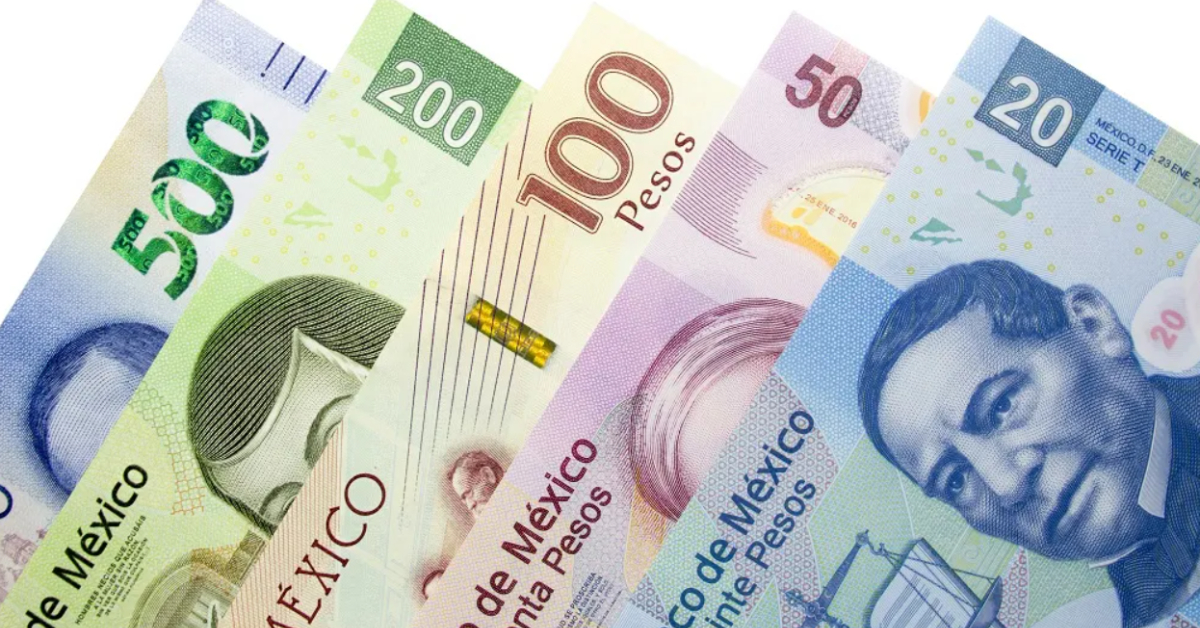Puerto Vallarta, Mexico - The Mexican peso closed trading on Tuesday with notable losses, reflecting increased investor nervousness surrounding the ongoing discussion of a controversial judicial reform in the Congress of the Union and anticipation of critical employment figures from the United States.







